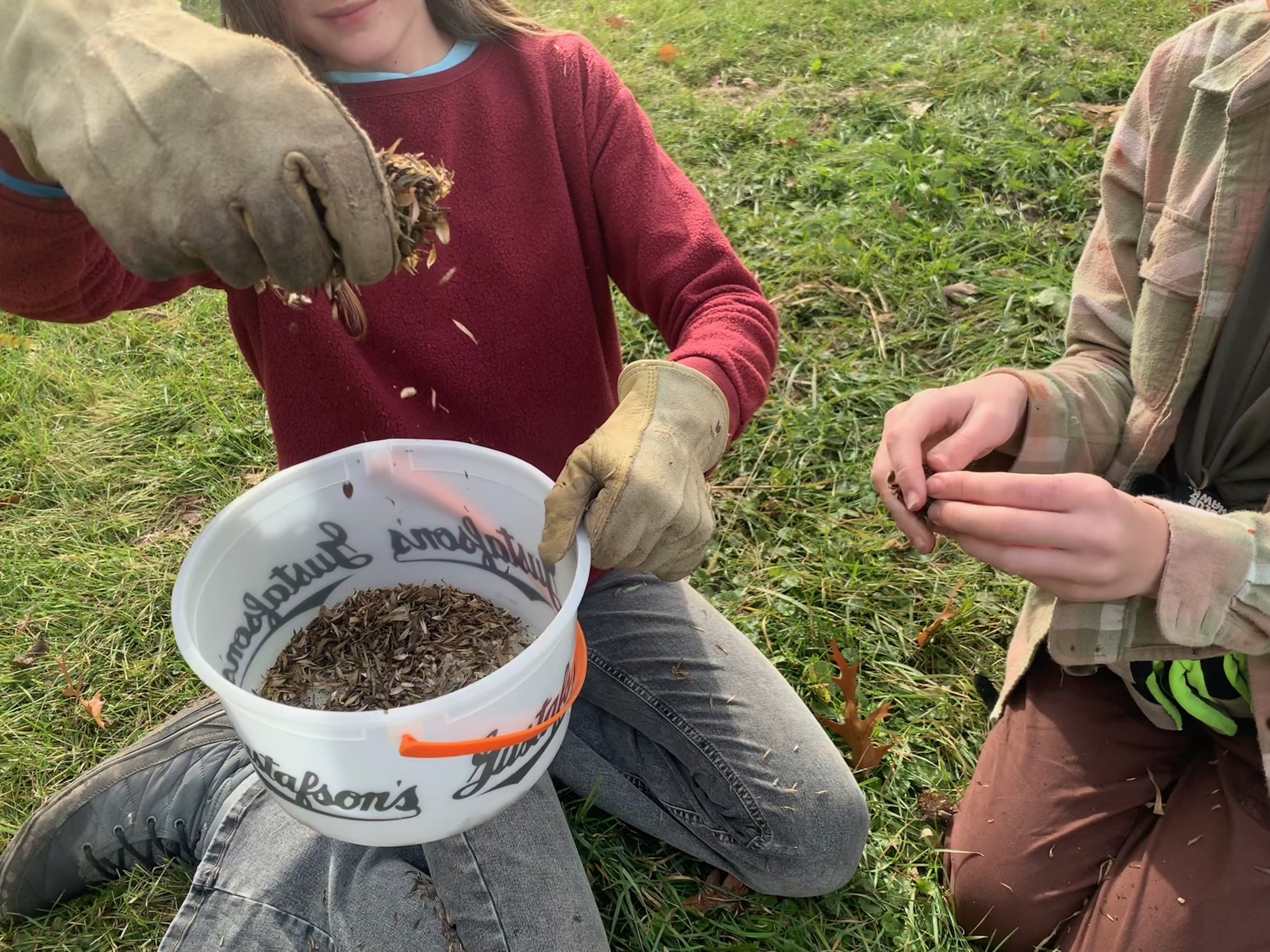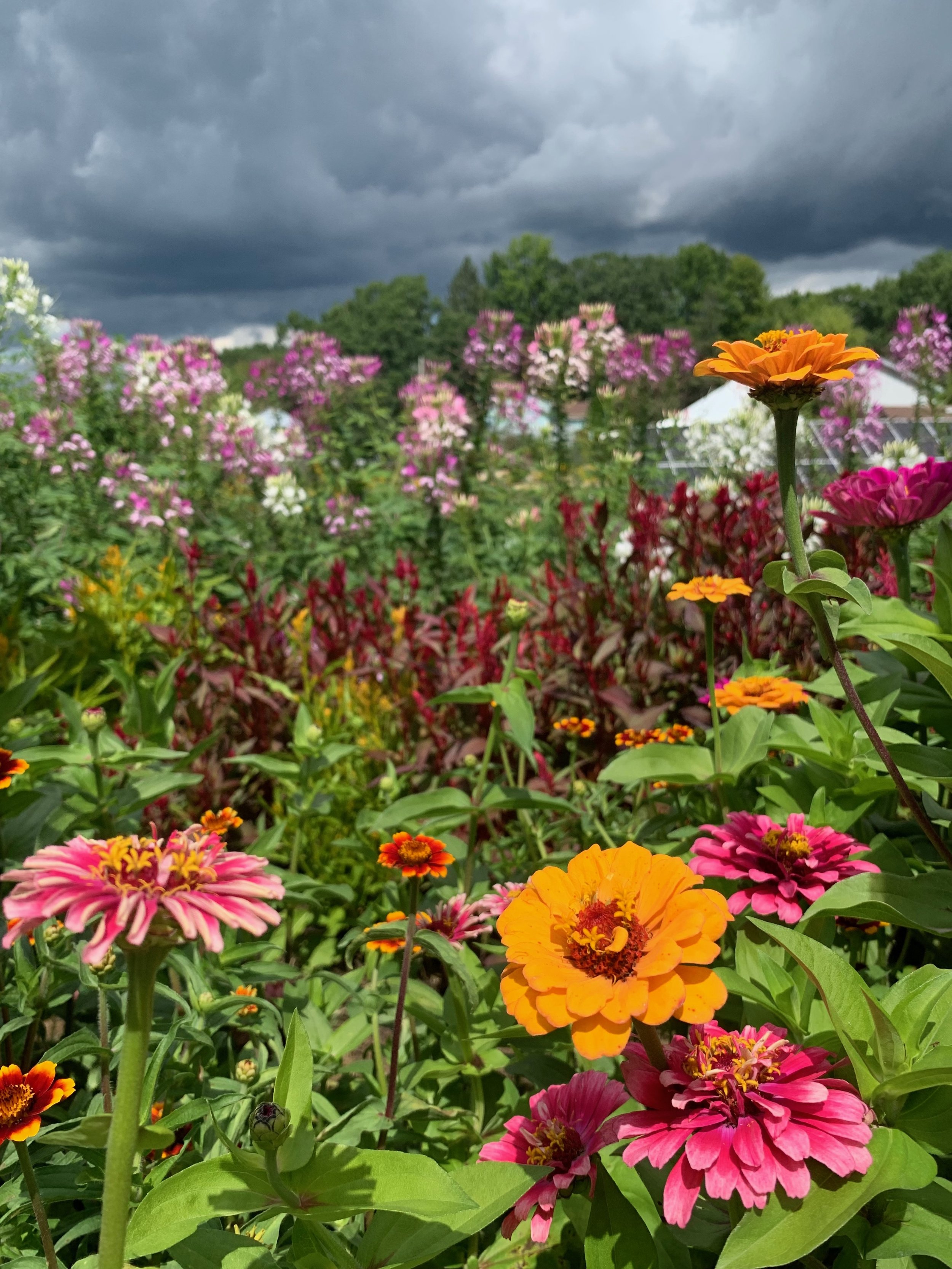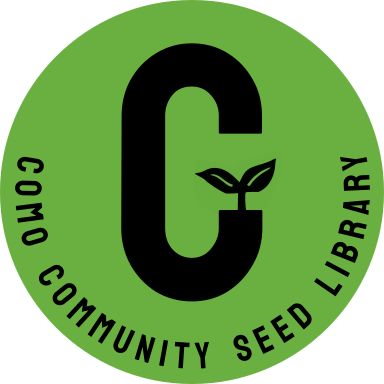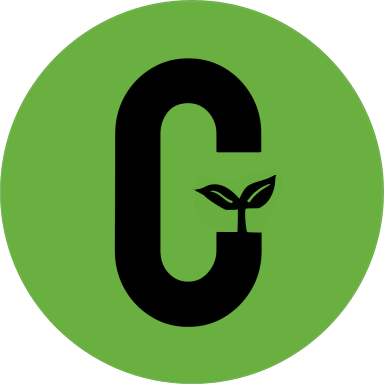Seed Saving With Students: Seeds Do the Teaching
This summer brought a profusion of color at the Lake Country Land School in Glenwood City, Wisconsin. Over 200 zinnia seeds of six different varieties were planted by students, grades first through 8th, as part of the Zinnia Collective community plant breeding project. Students harvested many of the flowers for the school’s weekly farmers market in Minneapolis, and saved a diverse variety of flowers for seed.
While growing and picking zinnia flowers was relatively familiar to most students, collecting and processing seed was definitely novel. What follows is the method we taught to junior high students, who then went on to teach these skills to younger kids:
Step 1: Wait until the zinnia flower heads are completely dry on the stalk
Step 2: Cut the flower head just below the bloom and gather in a wide bucket
Step 3: First, gently pull the petals from the flowerhead to collect the seeds at the base of each petal, discarding the dried petals and saving the seeds in the bucket. Second, remove the remaining seeds and ‘duff’ from the flowerheads into the bucket. Duff is everything else on the flowerhead except the seeds.
Step 4: Ideally wait for a breezy day to ‘wind winnow’ the seeds. Or, if the weather is not cooperative, use a fan to create breezy conditions. In this case, wind winnowing refers to a process where a person lifts a handful of seeds and duff and lets it fall back into the bucket. Because seeds are heavier, the duff is blown away out of the bucket and the seeds fall back inside. This may take many rounds before all (or most) of the duff has blown away and the seeds in the bucket are ‘clean’.
As a farm educator, I have been experimenting with seed processing lessons, and how to best engage elementary - junior high students. Skeptical at first, I have been surprised at how quickly the seeds grab the attention of their handlers. In retrospect, it makes perfect sense. Seeds are extremely tactile. The very nature of seed work is hands-on and experiential. It is physical work that involves problem solving and agitation. Seeds need to be pried loose, shaken free, plucked out, winnowed and sifted apart. Each seed is its own puzzle to solve. As the puzzle is solved, the seed’s story of adaptation and survival unfolds.
Still, I worried that processing zinnia seeds might be too tedious for twelve and thirteen year-olds, with other more pressing things on their minds. But shortly after the flower heads came apart in their hands, the students became transfixed, angling their buckets into the breeze, sifting and shifting, winnowing into the wind, until only the brown oval seeds remained. It was time for lunch, and a hot home-cooked farm lunch at that, but the students ignored the call and refused to leave the flower beds. Finally, under the spell of seed work, they winnowed their way back to the farmhouse.




